“We’re now at a point where we can say that we can reverse ageing,” says Dr. Nadine Pernodet, Phd, senior vice president, Biosciences, Estée Lauder Companies,
As journalists and skin experts alike crowded into the standing-room-only Symposium of Longevity by Estée Lauder at the World Congress of Dermatology in Singapore, Dr. Nadine Pernodet, Phd, senior vice president, Biosciences, Estée Lauder Companies, made a bold statement: “We’re now at a point where we can say that we can reverse ageing.”
The reason for her confidence? New data into key signalling proteins called Sirtuins (key NAD+-dependent deacetylases or cell communicators) which are now backed by 20 years of research in partnership with Harvard and MIT scientists.
Could Sirtuins be the secret to reversing skin ageing? Read on to discover what they really are, how they work, and the research developments that could one day mean that we no longer have to age in the same way people do now…
THE SCIENCE OF LONGEVITY
The World Congress is dubbed the “Olympics of Dermatology” for a reason. The prestigious event, held every four years, sees leading experts come together to present the very latest research in skin science from across the globe. Within skin ageing – an area that always grabs the popular imagination – there’s been plenty of innovation, including a shiny buzzword to drop at your next dinner party: ‘longevity’.
Longevity research focuses on discovering first the causes of ageing and then how they relate to the hallmarks of getting older as we know them. Medically, that may include the reasons behind reduced mobility and a weaker immune response, and in the skin, unsurprisingly, we tend to focus on key concerns like fine lines, sagging, uneven tone and dryness.
What we definitely know is that ageing isn’t controlled by just one gene or factor. Indeed, there are multiple cellular pathways that are affected as we age, contributed to by genomic instability, stem cell exhaustion and chronic inflammation. To put it simply: our cells get less good at the jobs they are meant to do, which leads to side effects we equate to getting older.
WHAT ARE SIRTUINS AND WHY ARE THEY IMPORTANT?
In short, longevity scientists are so interested in Sirtuins because what we call ‘ageing’ is really about damage and ‘death’ on a cellular level. Sirtuins, also called ‘longevity proteins’, are keenly involved in the life cycle of cells, including skin cells.
In young skin, Sirtuins are present in high levels, but unfortunately, their activity decreases as we age – something which has been shown previously by Estée Lauder via clinical skin imaging. Tellingly, our immune response (in the form of B+T cells) decreases with decreased Sirtuins levels, and stem cell function (which is maintained at least in part by Sirtuins), also declines with age. Thus, it follows, that if Sirtuin action could be supported or accelerated throughout our lives we could help cells stay healthy and ‘young’ for longer.
Importantly, Sirtuins aren’t a new discovery – they were first researched by Leonard Guarente of MIT back in 1991 – and if you’ve heard the buzz about ‘youth-boosting’ NAD+ supplements you may be familiar with them too. In fact, Sirtuin function is dependent on NAD+ – a coenzyme found in every cell in the body, and which also decreases with age.
The recent conversations around NAD+ supplementation emphasise a growing focus on this area of health-based vitality. But, what the new data presented by Estée Lauder does is build on this backbone of longevity research, and specifically focuses on proving that Sirtuins directly affect the health of the skin. By doing that, they are opening the conversation about not only slowing down but perhaps even reversing skin ageing one day.
WHAT DID THE NEW RESEARCH REVEAL ABOUT WHAT SIRTUINS CAN DO FOR THE SKIN?
Dr. Pernodet was joined at Estée Lauder’s ‘Symposium of Longevity’ by Dr. Danica Chen, Professor of Metabolic Biology, Nutritional Sciences & Toxicology at the University of California, Berkeley, who has devoted her career to Sirtuin research.
Together they presented exciting new data on the activity of Sirtuins, including outlining how, out of the seven known types of Sirtuins, numbers 1, 2, 3 and 6 can directly influence the skin’s structural properties. In fact, as Dr. Pernodet deftly described: “Sirtuins are present in all skin cells, including keratinocytes (the main skin cells), fibroblasts (they produce key structural proteins, including collagen and elastin) and melanocytes (responsible for pigmentation and UV defence).”†
Over time though, Sirtuin levels drop, which Dr. Pernodet emphasised can be exacerbated by UV exposure, leading to a rise in damaging free radicals and a loss of ATP. Sirt 3 is particularly affected by ozone exposure, which stems from pollution. The result: increased pigmentation, wrinkling and uneven texture as we age.
WHAT’S THE SOLUTION?
Luckily, through the new research, Dr. Pernodet emphasised how there are certain ingredients that act as ‘Sirtuin activators’, boosting Sirtuin levels in the skin. By utilising these in skincare, we might be able to help avoid or even counteract these skin concerns, to keep skin healthier for longer.
Ingredient wise, Estée Lauder wanted to keep their patented ingredients under wraps, but the data suggested that certain flower extracts can be used as Sirt 1 activators, algae extracts helps with Sirt 3, and patented ferments were the most successful for Sirt 6.
In particular, the research demonstrated that triggering Sirtuin activity can boost collagen production in the fibroblasts, promote stronger skin barrier function, protect against environmental stress caused by free radicals, and cause an overall improvement in skin appearance. And, for anyone looking to get their hands on it, all the research has been parcelled up into Estée Lauder’s SIRTIVITY-LP technology, which you can discover within its reformulated Re-Nutriv range, designed to promote and support Sirtuin networks in the skin, specifically Sirt 1, 2, 3 and 6. ††
Studies by the brand indicated a 174% increase in collagen levels within 72 hours of use and a 157% improvement in skin cell shape. The silky smooth serum and cream are also a good recommendation for frequent flyers and those prone to sun spots (alongside an SPF, of course). The research found a reduction by just under half (-43%) in melanin spots, aka pigmentation, after just a week. So, it’s well-worth adding the products to your travel skincare routine to keep your skin protected and looking naturally glowing. You can even pre-order them using World Duty Free.
SO, CAN WE REVERSE SKIN AGEING?
There’s definitely very exciting things to come within the realm of longevity science, for both skin health and wider vitality. As the skincare industry continues to innovate (and compete in the marketing of products), it’s certain that funding for research into ways to slow down or even reverse skin ageing will only increase. That’s great news – and watch this space for what Estée Lauder and other leading brands discover next. However, the more we delve into the cellular workings of our skin, the more likely that we enter the realm of prescription-level ‘drug claims’, which would restrict high-street access to new skincare active ingredients that directly change our cells.
Arguably, cellular changes would be what’s needed for true age reversal, so, will we ever look 20 years younger at 50 by using skincare we bought on the high street? It’s unlikely under current guidelines, but that doesn’t mean that Dr. Chen’s aim to “have us living healthier lives for longer” can’t be recognised, or that Dr. Pernodet’s commitment to vastly improve overall skin surface health isn’t possible.
In fact, the innovations are already here.
† Each type of Sirtuin also has a specific role to play in skin health: “Sirt 1 has been shown to optimise cell repair and reduce the effect of oxidative stress; Sirt 2 can suppress ageing associated with inflammation and supports healthy cell shape; and Sirt 3 supports energy regulation by maximising ATP (the energy source of all cells), decreases free radical action, and supports elastin production. Likewise, Sirt 6 also helps combat cell ageing, by helping maintain telomere length so that cells can continue to healthily divide.
†† Designed to promote and support Sirtuin networks in the skin, SIRTIVITY-LP works as a Sirtuin activator, activating Sirt 1 to support cell repair, Sirt 2 to help maintain natural cell structure, Sirt 3 to boost the skin’s natural energy production and Sirt 6 to help extend a skin cell’s natural life span.
We may earn a commission if you buy something from any affiliate links on our site.
Lead image credit: Estée Lauder





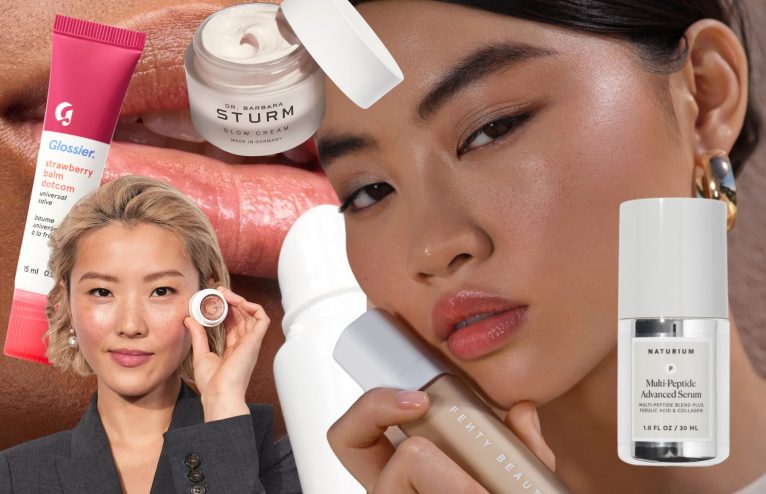




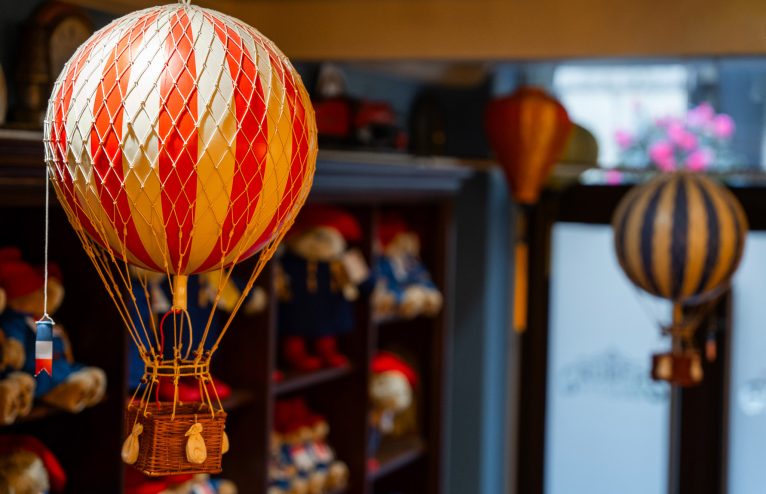





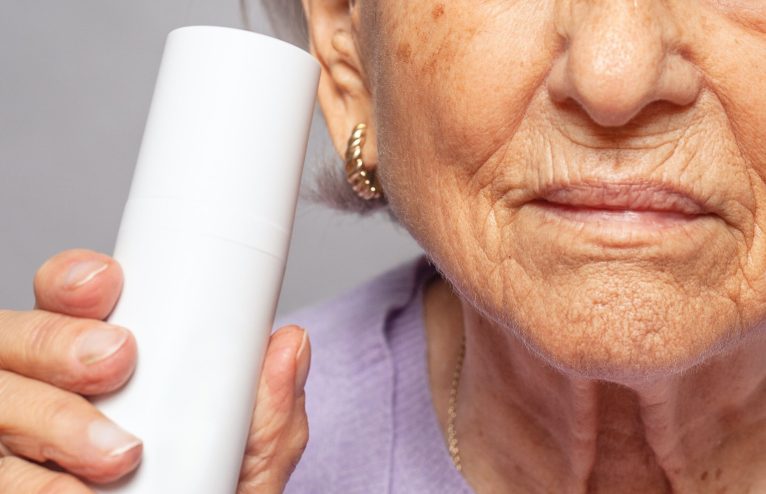

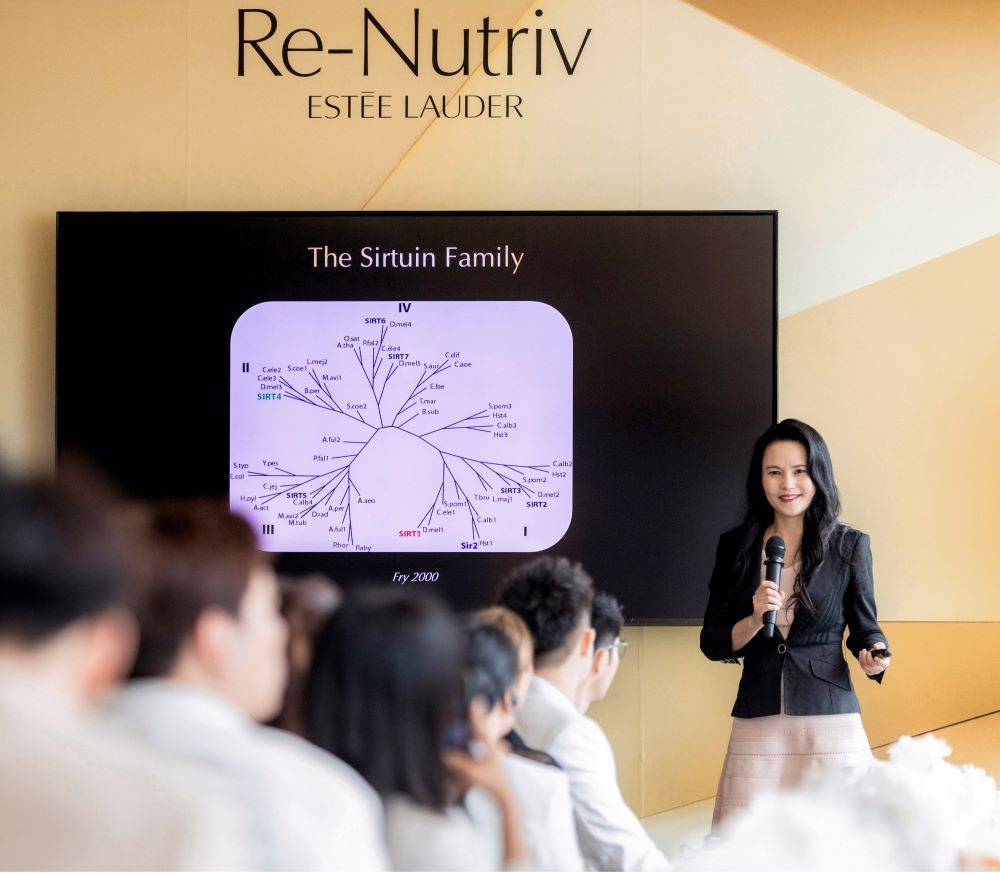
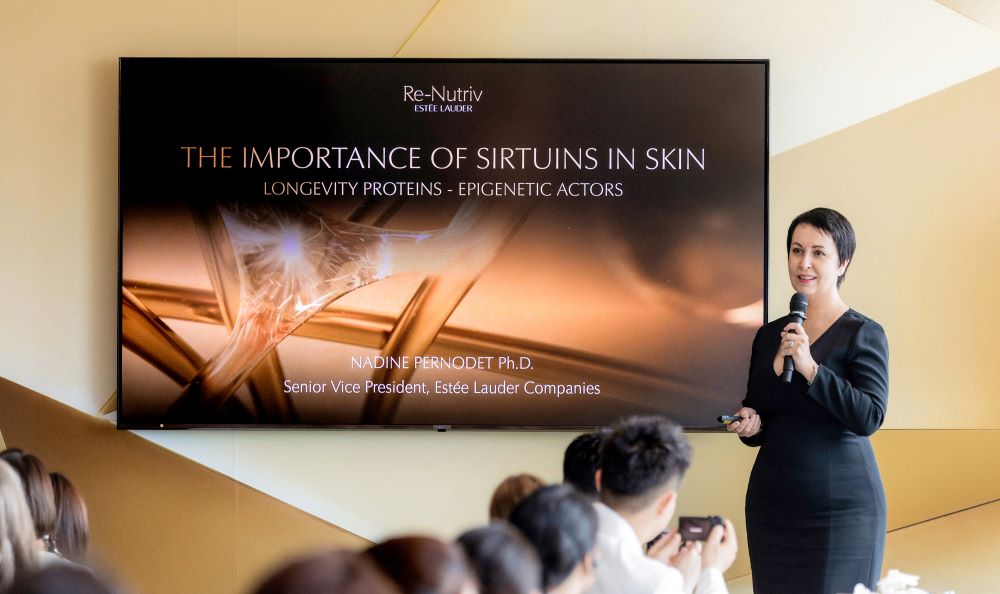




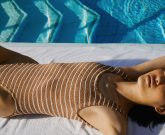
Any Questions or Tips to add?